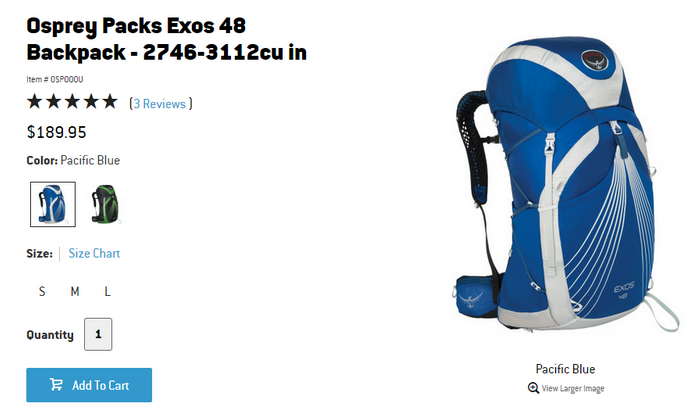How to Optimize Your Product Feed

One of the most overlooked and intimidating aspects of effective product advertising for retail marketers is the product feed. Because of the technology involved, the fickle issues that can arise, or perhaps the sheer appearance of thousands of rows in an Excel sheet, feed management has been given a bad rep. For this reason, the process can be viewed as a tedious, cumbersome, and monotonous responsibility.
Consequently, proper feed management and optimization is typically outsourced, delegated to an IT team, or metaphorically “swept under the rug” entirely.
It also doesn’t help that information about effective feed management is sparse, dry, and sometimes misleading.
And despite all this, product feed(s) remain the critical foundation to any successful product advertising channel – especially Google Shopping.
A product feed is how a retailer communicates their inventory to a given product advertising channel. Shopping channels like Google will cross reference this data with shopper search queries and your bids to determine ad visibility.
While most marketers understand the importance of uploading feeds – it’s often lost how critical it is to optimize the feed data and sync it with a comprehensive Google Shopping strategy.

As an example (above), say we have a shopper looking to buy a backpacking pack. There’s a big difference between the searches:
Search A is clearly higher up in the buying process “funnel” whereas Search B indicates a shopper has established an interest in a particular model.
Having your products rank for top-of-the-funnel searches is ideal if your goal is to increase your market share (traffic and impression generation). However, from a pure ROI perspective, it’s not ideal because of:
On the other hand, having your products surface for bottom-of-the-funnel searches – queries where the shopper has expressed an interest in a very particular model – is ideal when your goal is to hit a designated ROI. While the volume for these types of searches will be low, having your PLAs rank for longtail queries is critical for getting in front of shoppers who are likely to buy.
This is where your product feed data quality plays a key role.
Your product title needs to be comprehensive enough so that it increases your ad relevancy for those high-intent, bottom-of-the-funnel searches. Not having the Model (Atmos), Color (Blue, Pacific Blue), or Product Type (backpacking pack) will inhibit your products from ranking for the searches that matter.
In our latest guide, “Product Feed Optimization 101” we break down the “black box” that is product data management into simple terms. Moreover, we’ll unpack how feed technology plays a key role in improving the efficiency of feed management, and ultimately, your product advertising campaigns.
